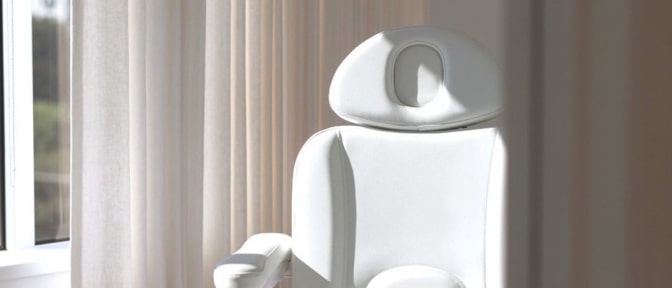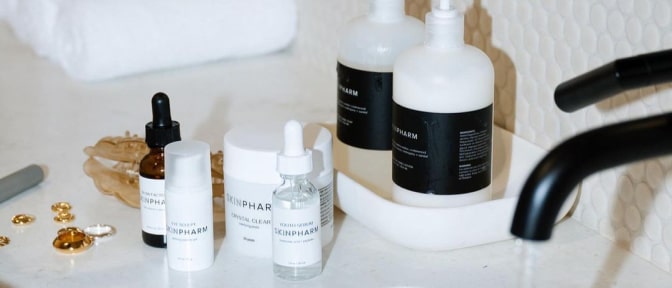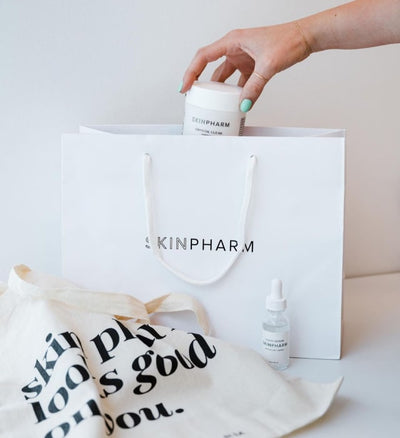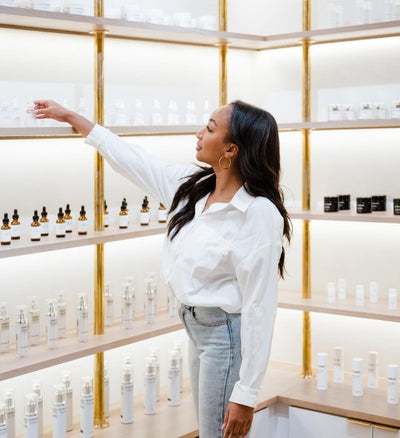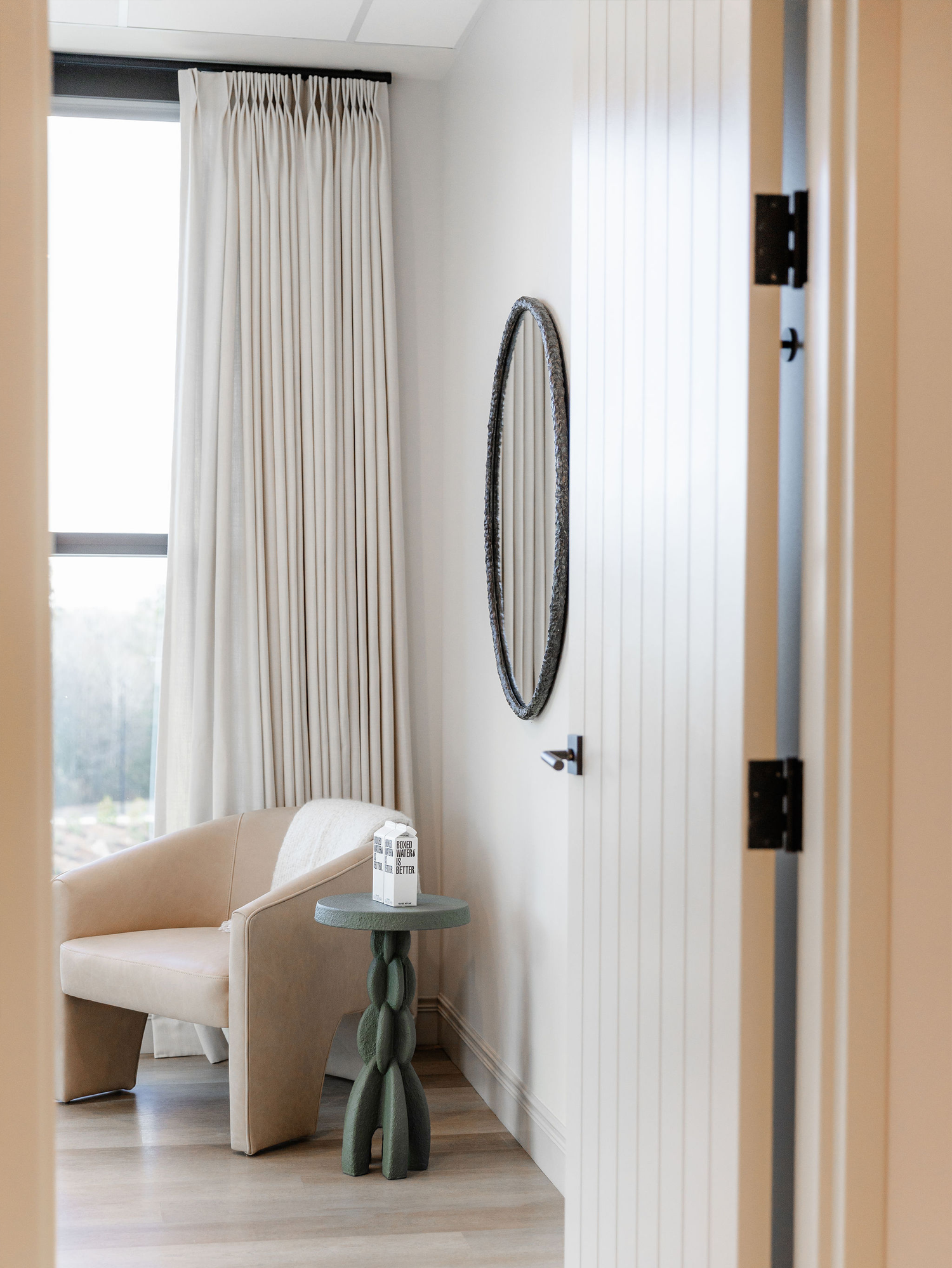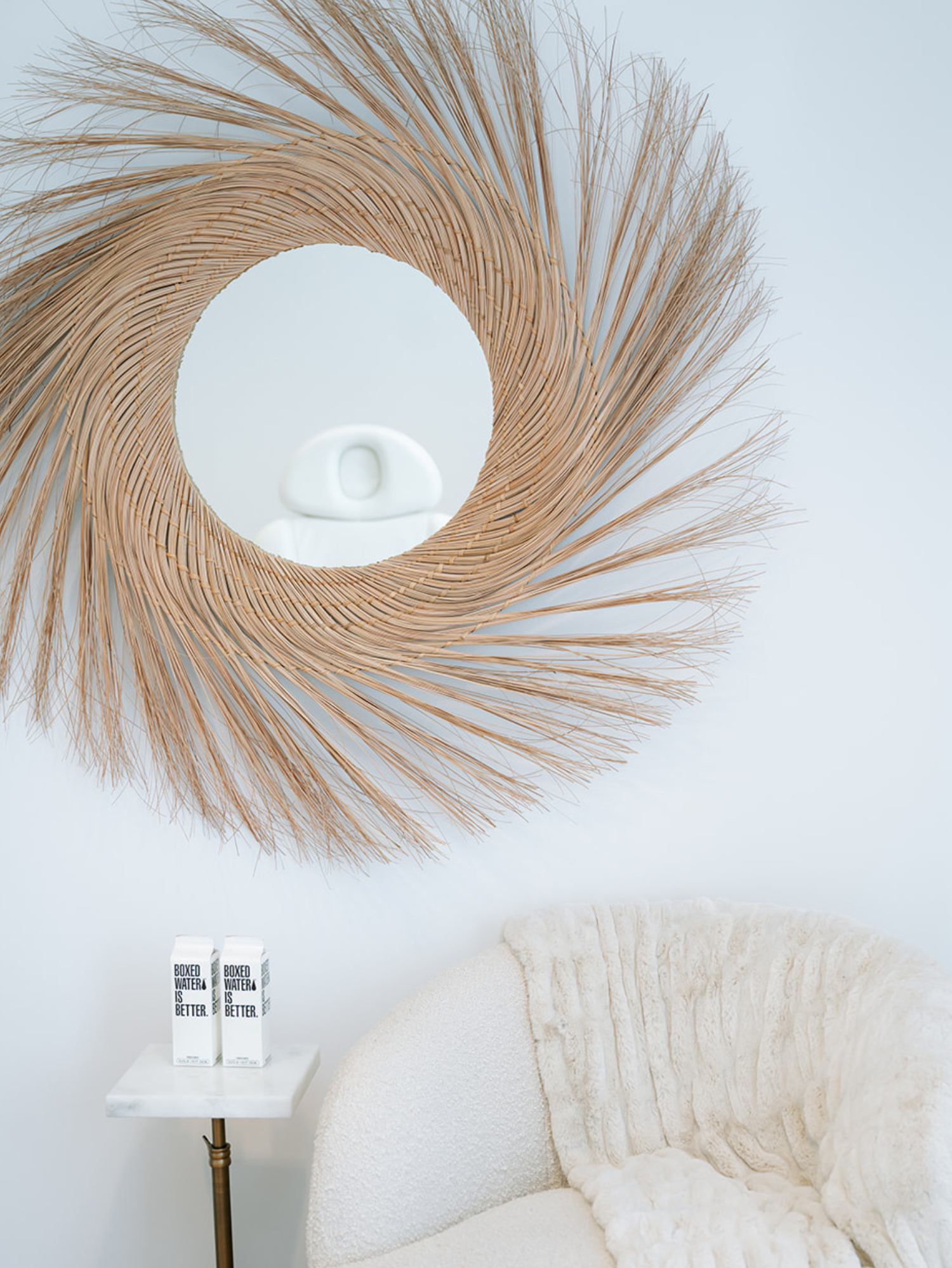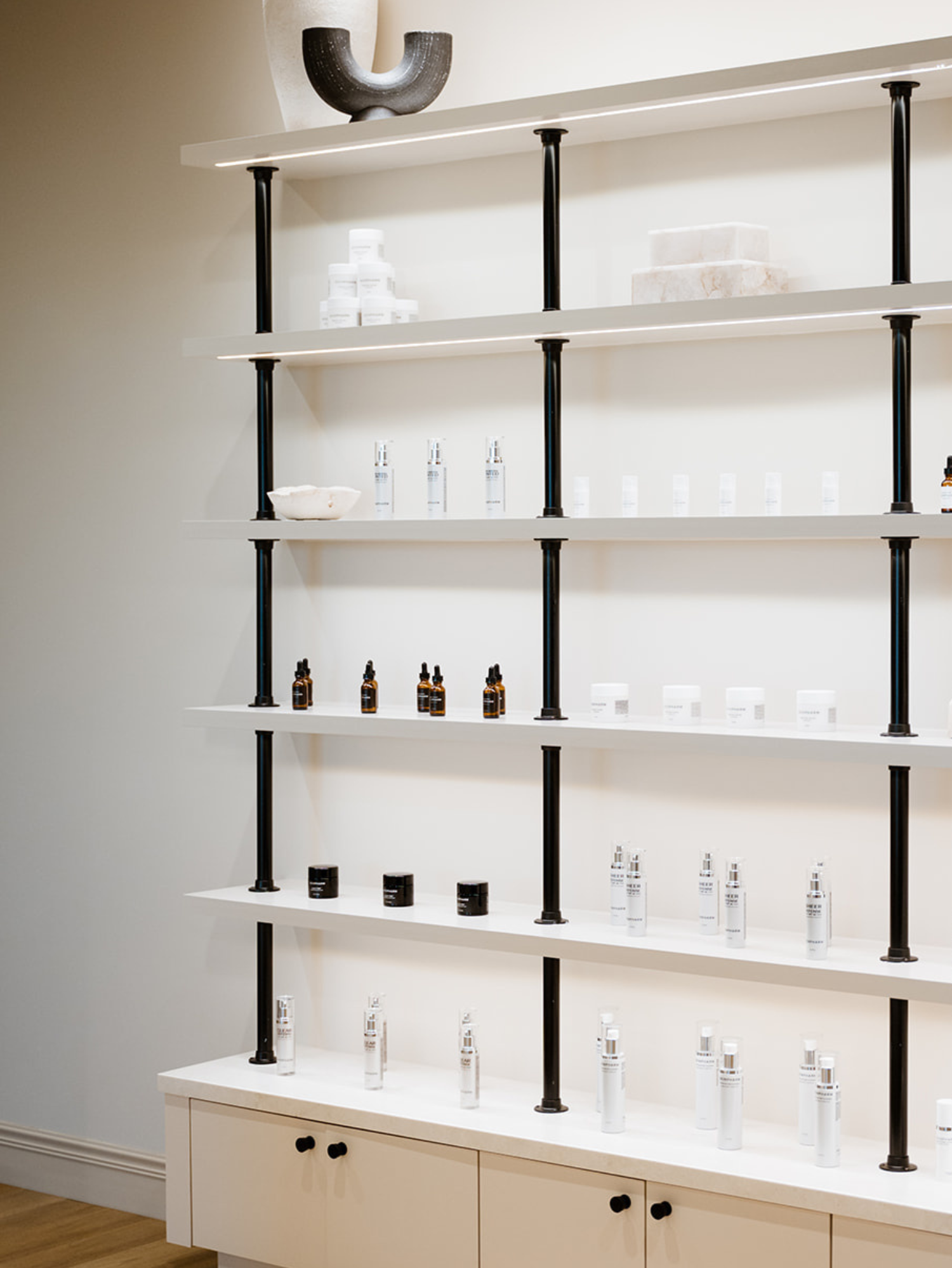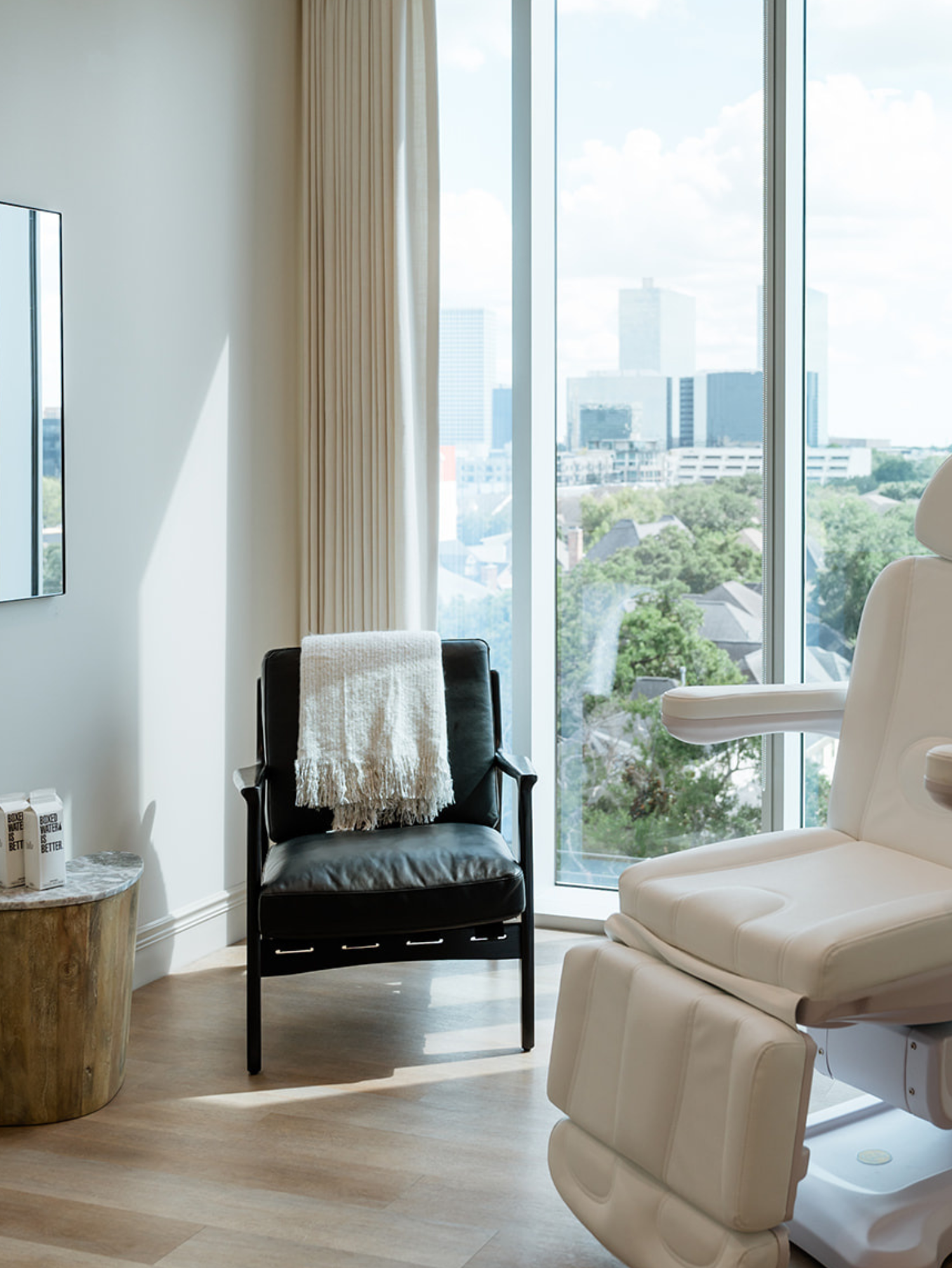Shop skin care
Clinics
VISIT OUR 9 CLINICS →
HOURS
Monday – Friday
9:30a – 5:30p
Dysport vs. Botox: What’s the Big Difference?

Botox is the injectable wrinkle relaxer we all know and love.
In fact, it’s so synonymous with its impressive results that many people think "Botox" is the actual name of the ingredient!
But there’s another product on the market you may not hear about as often that offers similar results. For many, the decision to pursue injectables to help manage their skin care issues comes down to Dysport vs. Botox.
But what’s the difference, and which one is right for you? We’re breaking it all down.
A little terminology
Before digging into Dysport vs. Botox, let’s go over a little bit of terminology. When we talk about these injectables, it's often in relation to the areas they target. Let's cut through some of the medical jargon with a quick primer on those injection sites:
GLABELLAR LINES —The glabellar lines, which are located between the eyebrows, are a common target of both Dysport and Botox. They can extend either up and down or side to side and are also called “frown lines.” These are often the very first visible signs of the aging process. You may hear people refer to these lines as the “11s” as well.
BUNNY LINES —“Bunny” lines are the fine lines that show up when you wrinkle your nose, usually on either side of your nose just beneath the bridge. They can occur either straight or diagonal.
CROW’S FEET —Crow’s feet extend from the outside corner of your eye toward the side of your face. They are usually more prominent when you smile or laugh.
SMILE LINES —Known medically as nasolabial folds, these lines occur at the corner of the mouth. They are sometimes called marionette lines and usually extend out and down.
Botox 101
In the Dysport vs. Botox conversation, let’s start with the more well-known of the two.
Botox has been around for decades, and it first started making waves in the cosmetic treatment industry in the 1990s.
However, it wasn’t until April of 2002 that the FDA officially approved it to treat glabellar lines. (It may even surprise you that it was only approved for treating crow’s feet in 2013, which wasn’t all that long ago.)
Botox is also known as Botulinum toxin type A. Most people know that Botox is a form of botulism, but many don’t understand exactly what that means and how that’s possible.
Technically, the same method of action that gives Clostridium botulinum its classification as a neurotoxin is what makes it so potent for wrinkle reduction.
When injected, Botox paralyzes certain muscles in the face and blocks the firing of specific nerves. While it doesn’t possess all of the other scary symptoms that people get when they have botulism, the neurotoxic abilities remain the same.
Botox is delivered in “units,” with different amounts recommended depending on the areas you want to treat and how deep the wrinkles are.
Things like excessive underarm sweating, migraines and overactive bladder have all been targets of Botox treatments, and researchers are constantly studying new ways to use it.
Dysport 101
Dysport, on the other hand, is a newer treatment option. It was approved by the FDA in April of 2009, and only for glabellar lines.
Dysport, just like Botox, is also a variation of Botulinum (abobotulinumtoxinA). Botox and Dysport are both purified proteins that effectively block muscle contraction, although each has slight differences in their molecular makeup.
Dysport was mostly designed to help those with moderate to severe glabellar lines, so if that’s your primary concern, Dysport might be the right option for you.
Lastly, just like Botox, Dysport is also delivered in “units.”
How these toxins work
Although there is a slight difference in potency and effectiveness between Dysport and Botox, the way they work in the body is the same.
When you schedule an appointment, we’ll first evaluate your skin and talk about your skin goals. That will help us decide which of the two products is the best option for you.
Then, after drawing up your Botox or Dysport, we’ll inject it just under the skin (into the underlying muscle) using very tiny needles. Most people describe the feeling as a slight pinching.
If needles make you anxious, hopefully this eases your fear — the needles we use are no bigger than just three strands of hair.
Once we inject the Botox or Dysport, it works to paralyze those muscles, which also relaxes them. The skin above those muscles will start to appear smoother and more wrinkle-free.
Neither injection can eliminate the wrinkles for good, but they can make them far less noticeable.
How much downtime should I expect after these injections?
One of the best parts about injectables is that they require minimal downtime! In fact, there is so little downtime involved with Dysport and Botox that many people return to work right after treatment.
Side effects from these treatments (if any) tend to be very mild. These may include swelling and bruising at the injection sites or even mild flu-like symptoms, such as headaches.
There are a few things to be mindful of after your appointment, too. We recommend that you not touch or otherwise manipulate the area near your injection sites for at least 4 hours.
In addition, avoid laying down flat or working out for extended amounts of time. This can help reduce the likelihood that the medication will migrate out of its injected areas.
How long will my results last?
How quickly your results show up and how long they last have a lot to do with which injectable you get and how many units are used.
Dysport, for instance, usually only takes a few days for you to see full results. In general, the results can last for three to four months before needing to be refreshed.
Botox, on the other hand, takes longer at first. Most people report that they begin to see results in a week or so after the injections, but it may take up to an entire month.
However, they also tend to last a little bit longer, potentially up to six months. Studies have shown that Botox wins the Dysport vs. Botox debate if you’re looking for longer-lasting results.
If you continue to use either injectable, you’ll get to know just how long they last for you. Most people will schedule follow-up appointments in three to four months, which is usually before the medication has worn off.
What are my other options?
Not every wrinkle can be treated with injectables. In some cases, the lines are too deep or too set for either Dysport or Botox to make a difference.
But that doesn’t mean that you have to live with those lines. There are other options out there to help you feel more confident in your appearance without going through complicated and risky procedures.
Instead of stilling the movement of the muscles under the skin, fillers plump up the wrinkle and fill it out more (hence the name). While fillers are often spoken about more in terms of how they are used to plump up the lips, they can also be used to address other concerns. This is just one of them!
To wrap things up...
When it comes to choosing between Dysport and Botox, the answer is whichever one works best to help you achieve your goals!
If you have fairly significant frown lines, Dysport may be most effective. However, if you’d like a more all-over anti-aging boost, Botox could be your best choice.
Either way, you can count on advanced practice providers at Skin Pharm to help you find the right solution. We want you to feel as happy and confident as possible in your skin. Schedule a skin consult with us to get started!
SOURCES:
Botox | Botulinum Toxin | Botox Injections | MedlinePlus
A comparison of two botulinum type a toxin preparations for the treatment of glabellar lines: double-blind, randomized, pilot study | PubMed
A systematic review of dermal fillers for age-related lines and wrinkles | PubMed
